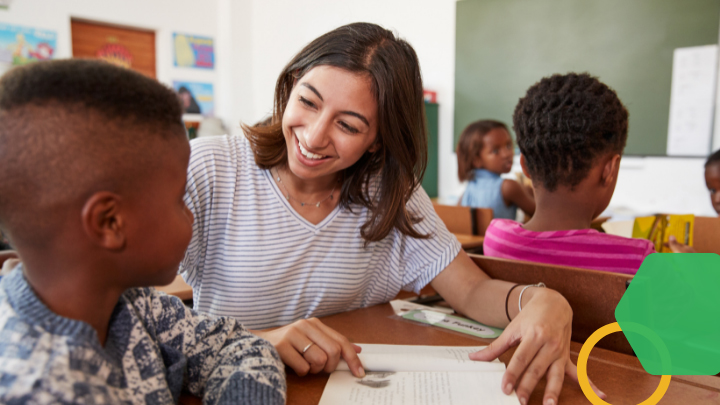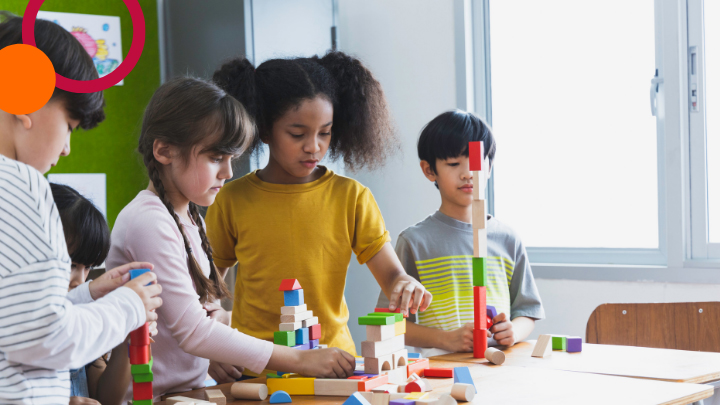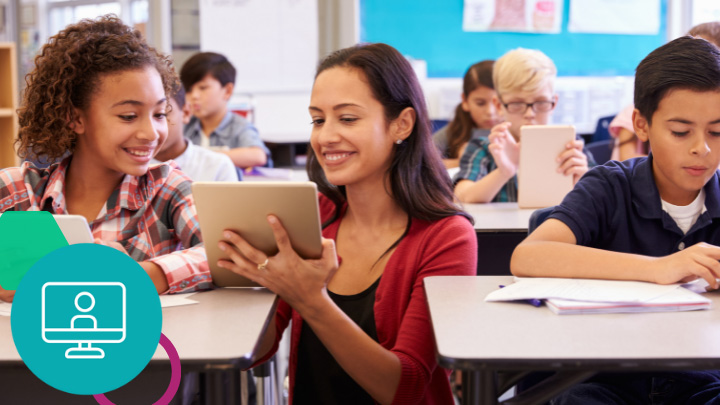In these unprecedented times, more and more schools are making the transition to distance learning – whether that’s online or low tech approaches. Educator communities are buzzing with great ideas about how to make this work for millions of students across our country. Yet, as we all start to make this switch, our number one question should not be “What tech platform should we use?” but rather, “How will I continue to support my students’ well-being and create a sense of community – particularly for my most vulnerable and struggling students?”
Below are 5 steps to support social-emotional learning and create community from a distance:
1. Connect Individually with Students
Teaching is all about fostering strong relationships with our students. A few weeks ago, this often looked like checking in with students as they entered the classroom, after class, or throughout the school day. These moments make students feel valued and cared for, and thus they are all the more needed in these uncertain times.
How can we foster these moments when we’re not in the same physical space?
Create a free Google Voice account: This will give you a number (that is not your personal cell phone number) that you can use to connect with students via calls and texts. Reach out to students one by one to see how they are doing, ensure they have critical resources, and be a presence in their lives.

2. Re-establish Routines and Relationships
While many teachers are eager to finish up their current unit or give the next test that was planned, it is critical that teachers build in time to re-establish routines and relationships with students and families. Most districts are not ready to flip on a dime to online learning, so it makes sense to take time to align on expectations and answer questions from students and families.
What could this look like?
Create resources to re-establish routines and expectations: These could be documents, videos, or recordings, easily accessible to students and parents. Check out the strategy Developing Norms and Expectations for Digital Tool Use for more ideas.
Create space for students to ask questions about new expectations: Try Padlet, Zoom, Poll Everywhere, or Google Forms (a resource within Google Drive) for this.
Consider sharing wellness resources: This might include meditation and breathing, yoga, and exercise resources, online or on paper. Try incorporating these into your classroom routines.
3. Create Spaces for Connections
There is no doubt that most of our students have stayed in touch with each other through texting, Snapchat, TikTok, etc. Yet deliberately creating inclusive spaces for all students on your online platform of choice helps ensure no students are forgotten.
How can you do this?
Create breakout rooms: Platforms like Zoom, Verso, or FlipGrid have tools to facilitate small group discussions. The purpose of these discussions is to give students a space to check in, reflect on what’s going on in the world, and ask questions. Remember to not overload your students with too many tech platforms but rather find one that works and stick to it.
Encourage students to free-write: Use journaling as a tool to help students process their emotions. Students can share their writing on Google Classroom, read their writing aloud on Zoom, or share their digital portfolios with peers.
4. Share Resources
Of course, districts are trying to make students and families aware of the available resources for food, childcare, and medical attention in their communities. However, connecting with each student individually to ensure that they know of these resources and have a clear plan cannot be underestimated.
How can you make this efficient and effective?
Try a translator app: Try using Google Translator to send individual messages to students and families whose native language is not English.
Set up reminders: Consider creating a system to ensure that all students receive calls or texts on a regular basis to make sure families have what they need. Remind is a great tool to send messages to families.
Identify existing local resources: In many communities, local organizations and nonprofits are doing a lot to support students. Make an Instagram account that students can follow where you can share these resources.
5. Be Available
More than anything, make sure that your students know that you are there for them. As hard as this is for us as adults, we can only imagine how trying this time is for our students. As the weeks progress, make sure students know that you are still a presence in their lives.
What are the best ways to be present?
Show your face: Screencastify and Loom make it easy to create daily videos of yourself to upload to your Google Classroom.
Host office hours: Through Zoom, you can schedule a daily or weekly time that you will host a Zoom call for anyone who wants to show up. Or, let students know what times during the day you are available for a phone call.
We must support students’ social-emotional learning through these unprecedented times. Connecting with students, making sure they are okay, making space for them to talk with each other, and making sure their families have what they need is nothing new for us as educators. This is what we do each and every day and what we must continue to do for our students in these difficult times.








